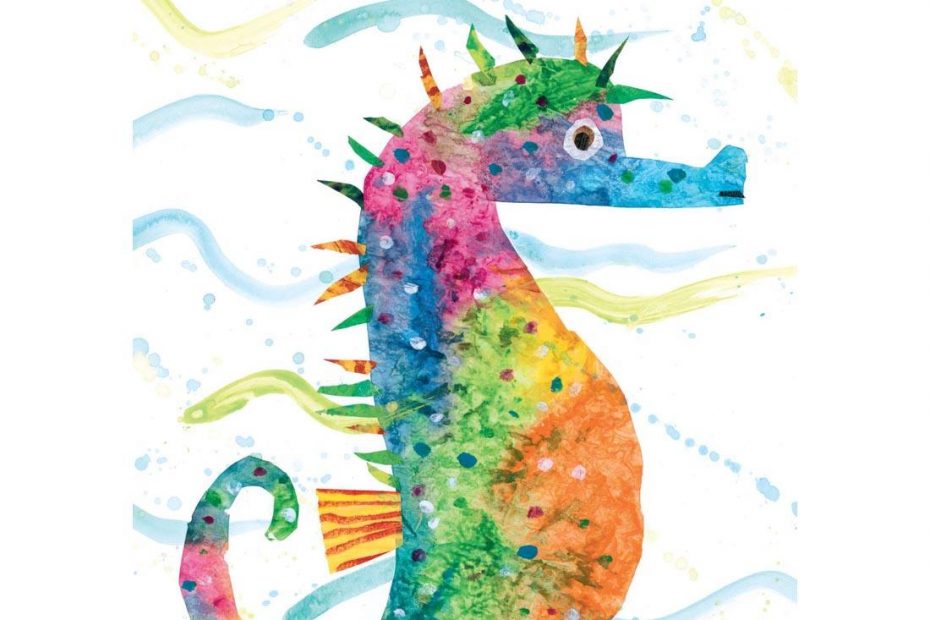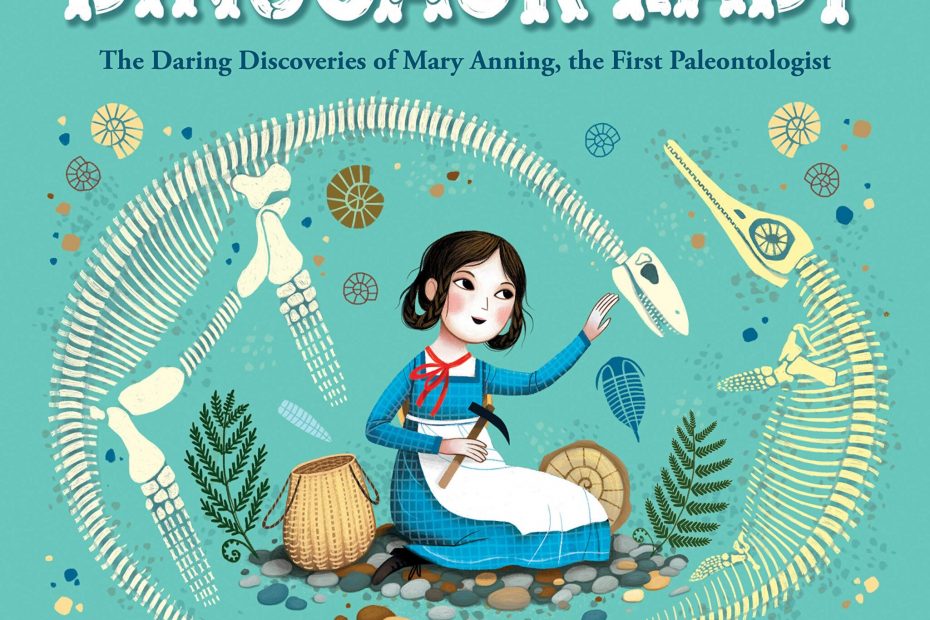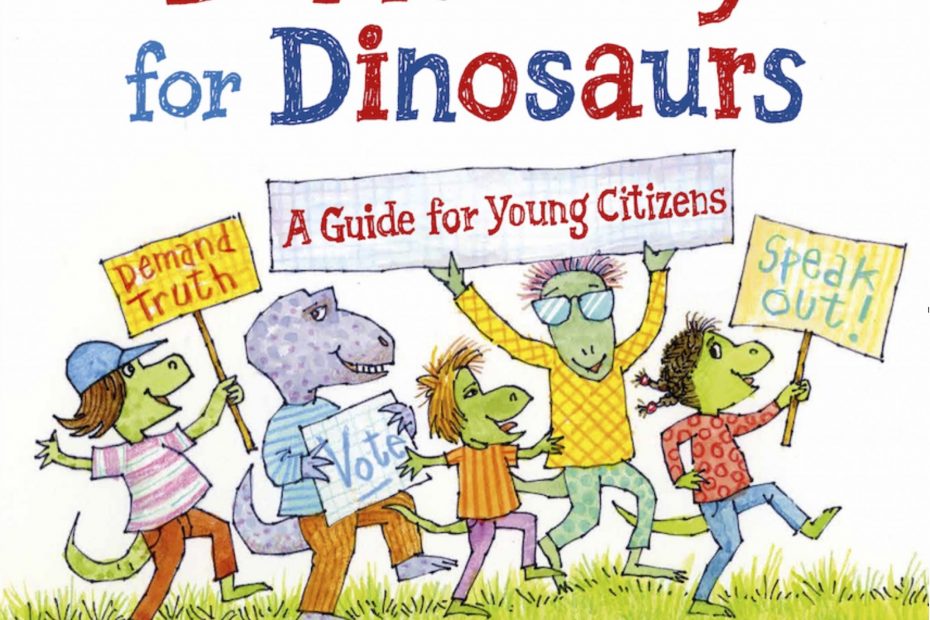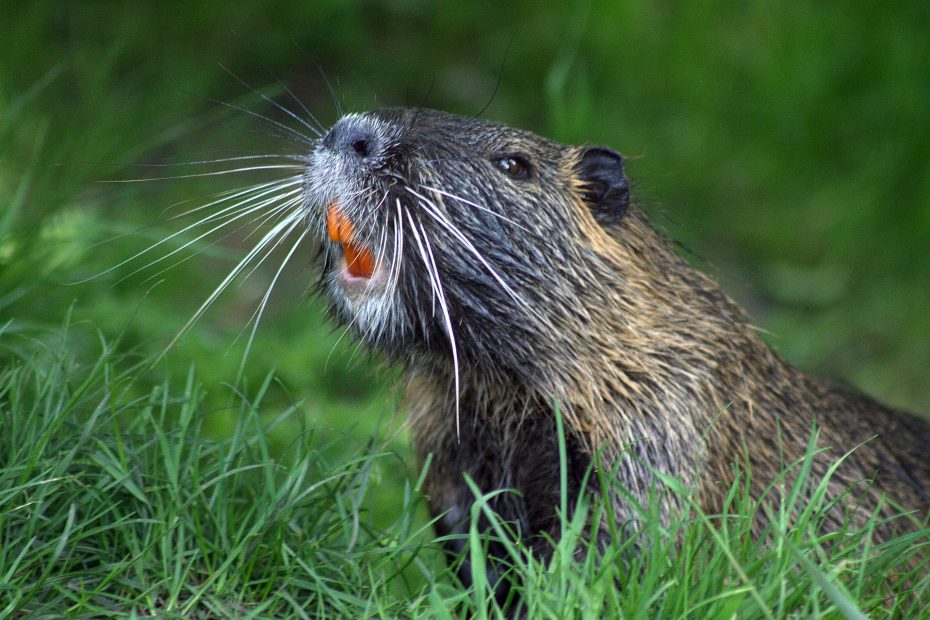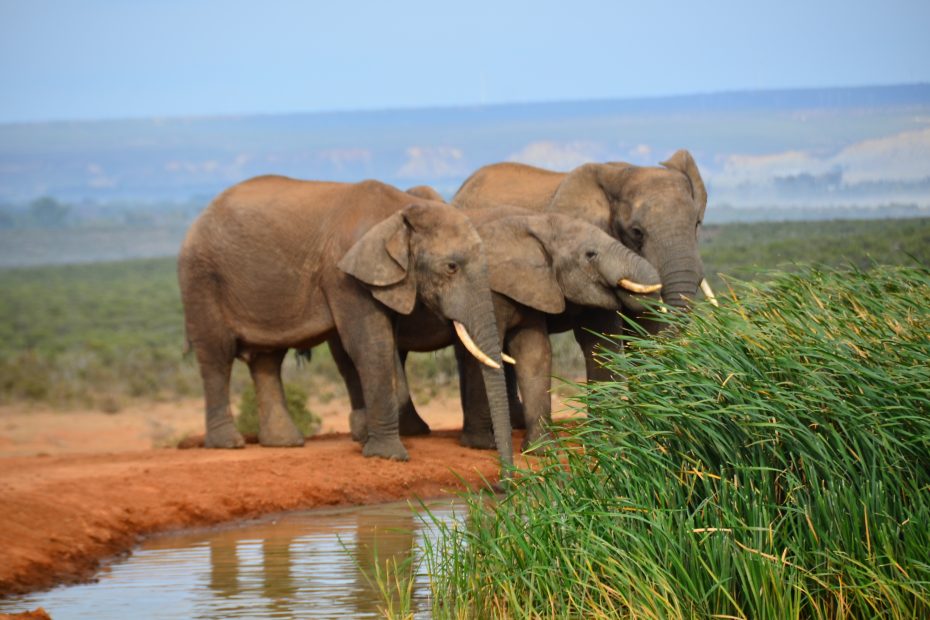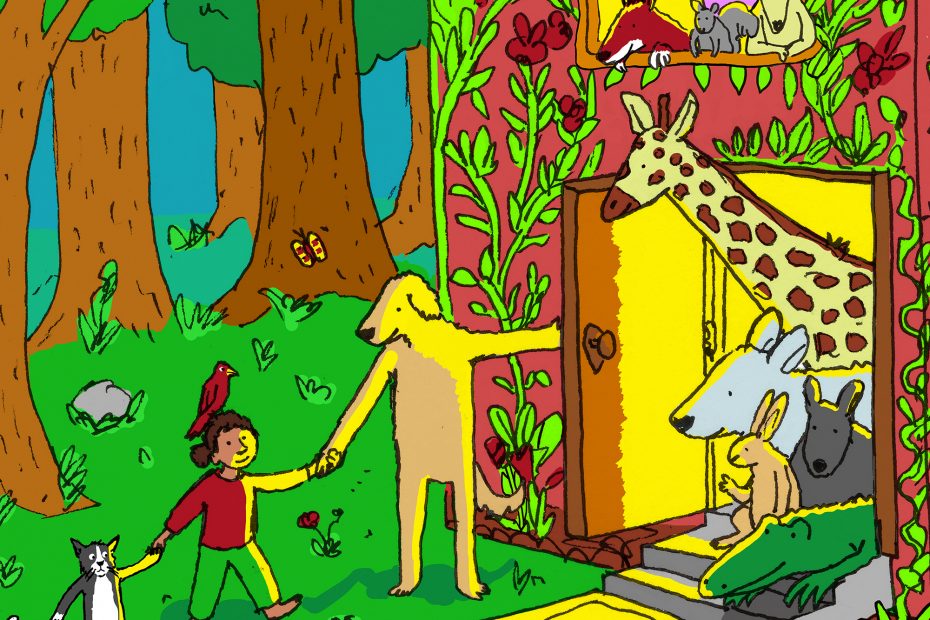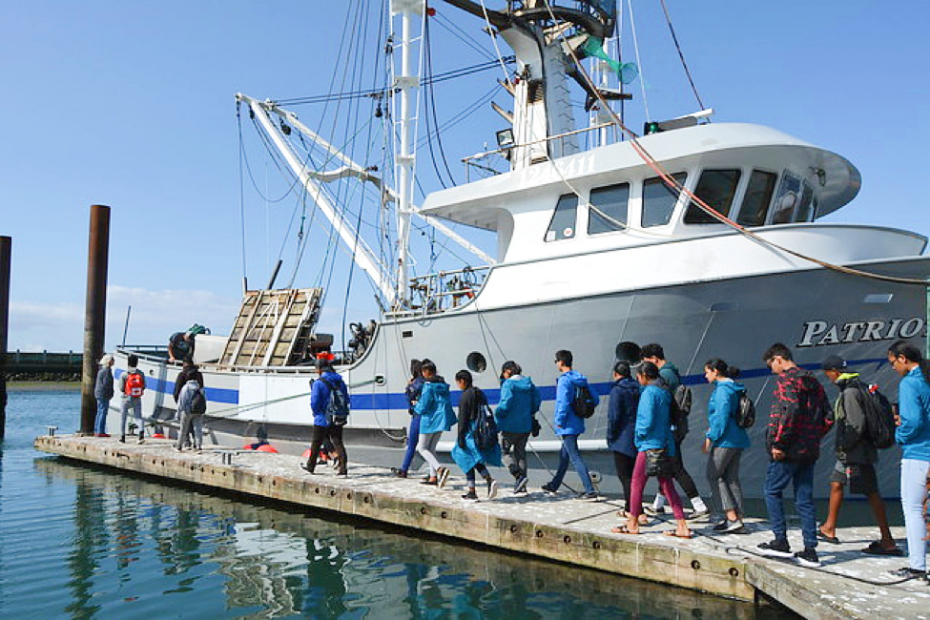Beyond Seahorses and Hermit Crabs: Eric Carle’s Biocentric Anthropomorphizing for Fostering Empathy and Care
Review by Leah Harrigan | There’s certainly something special about the works of Eric Carle (1929-2021), the American author and illustrator who left a legacy of more than 70 children’s books celebrated worldwide. The self-described “picture writer”, Carle gifted us his bright, iconic tissue-paper illustrations that have adorned bookshelves since the 1960s. If you’ve read the The Very Hungry Caterpillar, you’ve been acquainted with Eric Carle.

